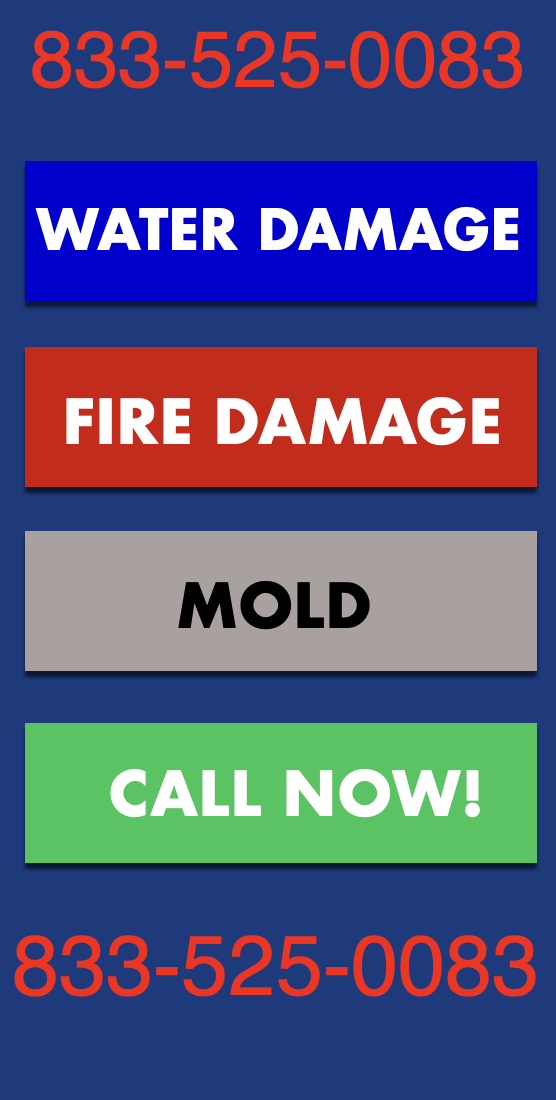How To Stop Groundwater Seepage
Welcome to our guide on how to stop groundwater seepage and protect your property from water damage. Groundwater seepage can be a persistent issue affecting buildings, but with the right strategies, you can effectively mitigate and prevent this problem. This post discusses practical solutions to address groundwater seepage, ensuring your property’s long-term integrity and dryness.
Understanding Groundwater Seepage
Groundwater seepage is when water from the surrounding soil infiltrates your building through the foundation or basement walls. It occurs due to various factors, including high water tables, heavy rainfall, inadequate drainage systems, or foundation cracks. By understanding the nature of groundwater seepage, you can make informed decisions on how to combat and prevent its occurrence effectively.
How to Stop Groundwater Seepage
1. Install a Comprehensive Exterior Drainage System:
A well-designed exterior drainage system is crucial for redirecting water away from your foundation. This system typically includes a combination of components such as French drains, downspout extensions, and slope correction. French drains consist of perforated pipes installed around the perimeter of the foundation, which collect and redirect water to a safe location. Downspout extensions ensure that water from the roof’s gutters is discharged away from the building, preventing pooling near the foundation. Additionally, correcting the slope around your property directs water to flow away from the foundation, reducing the risk of groundwater seepage.
2. Apply Exterior Waterproofing:
Exterior waterproofing involves creating a barrier to prevent water from infiltrating the foundation walls. This process typically includes excavating the soil around the foundation to expose the walls. Once exposed, a waterproof membrane or coating is applied to seal the foundation and provide a protective barrier against water penetration. By effectively sealing the exterior foundation walls, you can significantly reduce the chances of groundwater seepage.
3. Improve Grading and Landscaping:
Proper grading and landscaping play a crucial role in preventing water accumulation near the foundation. Ensure that the ground slopes away from your property, directing water to flow away from the building rather than toward it. This can be achieved by regrading the landscape, creating swales or berms, and installing appropriate drainage systems. Additionally, consider installing gutter systems that collect rainwater and direct it away from the foundation. By managing surface water effectively, you can minimize the risk of groundwater seepage.
4. Seal Foundation Cracks and Openings:
Identifying and sealing foundation cracks and openings is essential in preventing groundwater seepage. Conduct a thorough inspection of your foundation walls, both on the interior and exterior, to identify any visible cracks or gaps. Use high-quality sealants or epoxy specifically designed for foundation repair to fill these openings. By sealing foundation cracks, you create a solid barrier against water intrusion, reducing the chances of groundwater seepage.
5. Install Interior Drainage Systems:
In cases where exterior solutions may be challenging or insufficient, installing an interior drainage system can effectively manage groundwater seepage. This involves creating a trench along the perimeter of the basement or crawl space and installing a drain pipe connected to a sump pump. The interior drainage system collects water that seeps through the floor or walls and directs it to the sump pump for removal. By effectively managing interior water intrusion, you can mitigate the risks associated with groundwater seepage.

Water Seeping Through Floor After Rain
One crucial factor to consider is the water table. The water table refers to the level at which the ground becomes saturated with water. The risk of groundwater seepage is elevated in areas with a high water table. When the water table rises, it exerts pressure on the foundation and basement walls, leading to water infiltration. This can result in dampness, leaks, and potential damage to the structural integrity of the building.
Another aspect to be aware of is the role of precipitation. Heavy rainfall can significantly impact groundwater levels and increase the likelihood of seepage. When the soil becomes saturated with rainwater, excess water can find its way into your property through cracks, gaps, or porous materials. It’s important to monitor the weather conditions, especially during periods of intense rainfall, as they can exacerbate groundwater seepage issues.
Furthermore, poor drainage systems can contribute to groundwater seepage problems. If your property lacks adequate external drainage or has improper grading, it can lead to water pooling near the foundation. This accumulated water can exert hydrostatic pressure, pushing water through any available openings into your building. Addressing and improving drainage systems is crucial to minimizing the risk of groundwater seepage.
Lastly, foundation cracks and defects are common entry points for groundwater. Over time, foundation walls can develop cracks due to settlement, shifting soil, or temperature fluctuations. These cracks create pathways for water to seep into your property. Identifying and repairing foundation cracks is essential in preventing groundwater infiltration and minimizing the potential for water damage.
The Bottom Line
Groundwater seepage poses a serious threat to the integrity of your property. However, armed with knowledge and the right strategies, you can create a dry and secure environment within your building. Remember, the prevention and mitigation of groundwater seepage require proactive measures. Regular inspections, maintenance, and prompt action are key to maintaining a dry and structurally sound property.
We hope this guide has equipped you with the knowledge and confidence to address groundwater seepage effectively. By taking proactive steps to protect your property, you are safeguarding your investment, ensuring the comfort of occupants, and preserving the longevity of your building.
If you have any further questions or require professional assistance, don’t hesitate to reach out to experts in the field. Stay proactive, stay informed, and enjoy a water-free environment in your property for years to come!
- Toilet Overflowing with Poop
- Wet Carpet Smell Health Risks
- Water in crawl space after heavy rain normal
- How to make a successful water leak insurance claim
- Flood Insurance Idaho
- Water Damage Mitigation
- Smoke Damage Boise
- Attic Mold Removal
- Roof Storm Damage
- Sudden Loss of Water Pressure In Whole House
